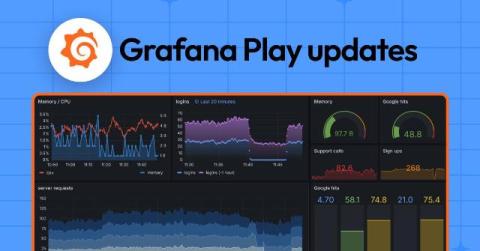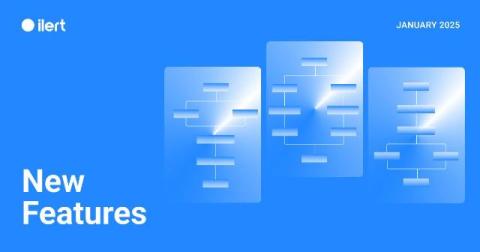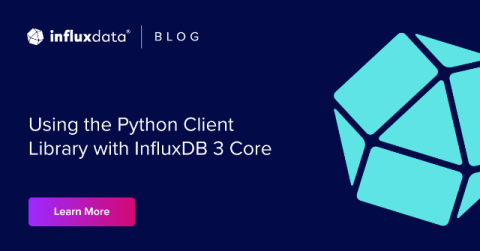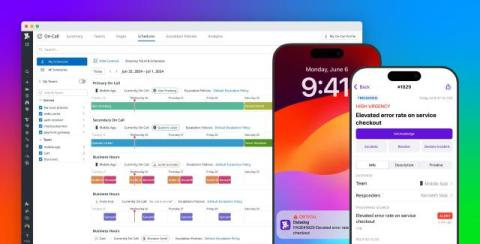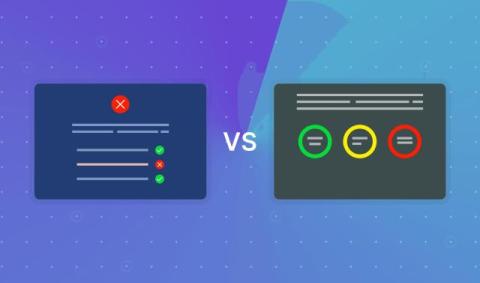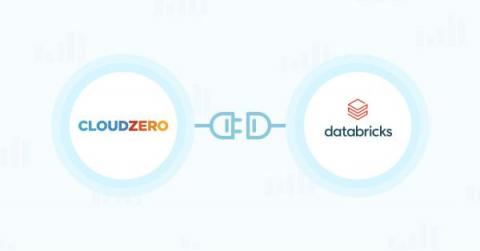Grafana Play updates: recent growth, new privacy policies, and more
It’s hard to believe Grafana Play has been around for almost a decade. The platform continues to be a great way to demo Grafana, play around with new features, learn what’s possible, and simply have fun with data. Grafana Play provides a publicly available version of Grafana Cloud, and requires no login for access. It’s preloaded with a wide range of sample dashboards that teach users how to work with data sources, create visualizations, and explore advanced Grafana features.


